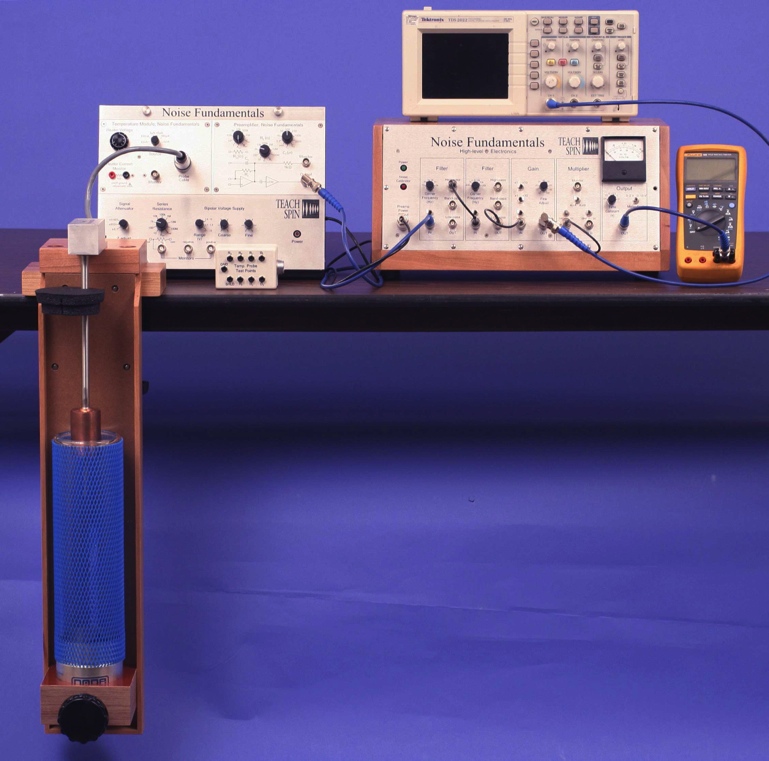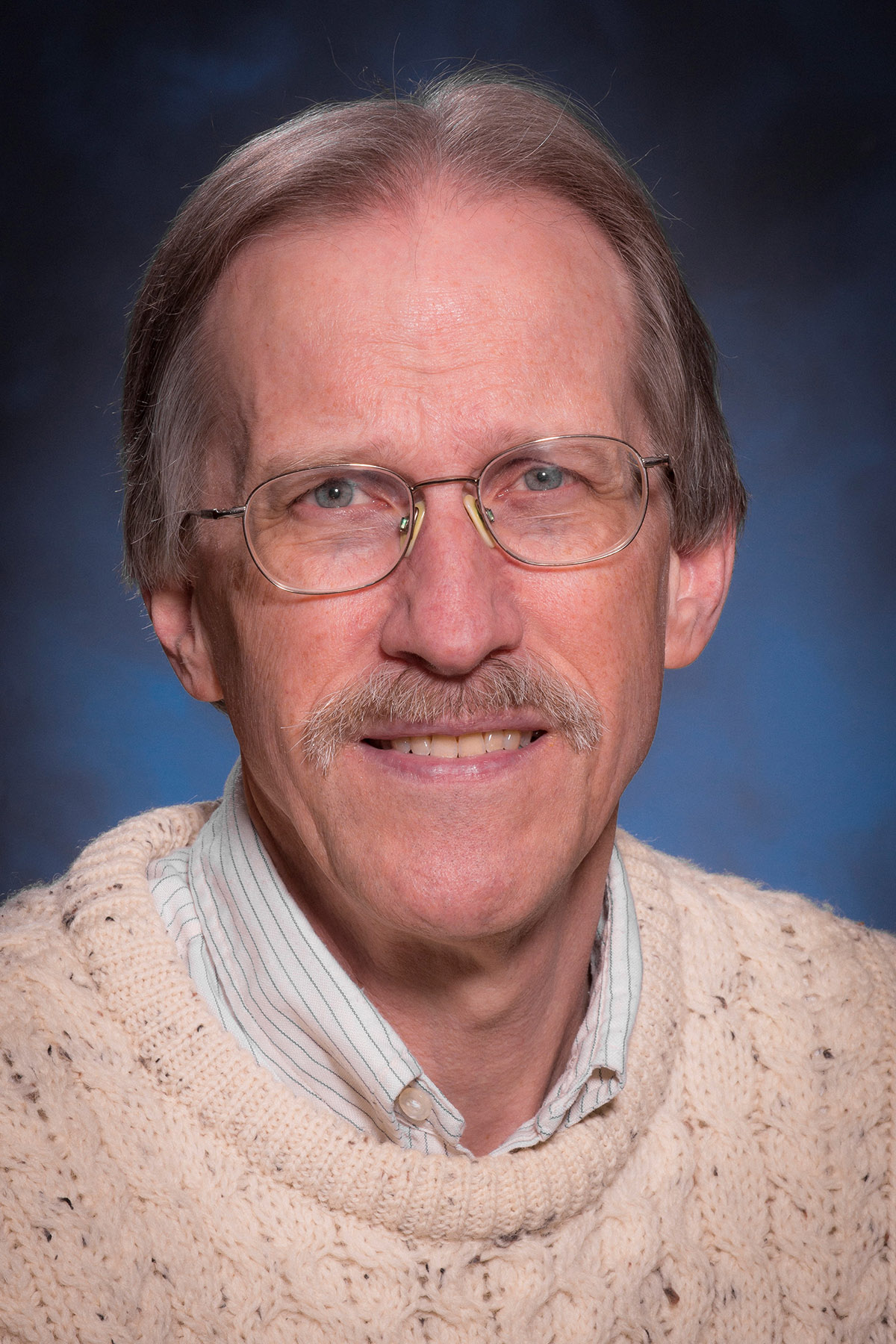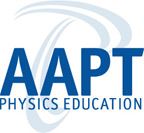- Home
- What We Do
- Laboratory Immersions
- Immersions 2020
- Imm2020Buffalo_NoiseFund
Uses of Johnson and Shot Noise
Buffalo State College, July 13–15, 2020
(One or two set-ups available)

The immersion will use the Noise Fundamentals apparatus developed by Teachspin. Additional equipment—a digital oscilloscope, a good voltmeter, and a signal generator—will all be provided. Participants need only bring a calculator, pencil and notebook. We will start by discussing the signal chain, and do some straightforward electronic measurements of gain and bandwidth (Δf). Then we will measure the Johnson noise as a function of bandwidth. This motivates the “units of noise”, V2/Hz and V/√Hz. Then we will look at the dependence of Johnson noise on resistance (R) and (time permitting) the temperature.
On the second day we’ll reconfigure the pre-amp electronics to be a trans-impedance amplifier (much less scary than it sounds), learn a bit on how to capacitively compensate the gain, and then investigate shot noise from a light bulb shining on a photodiode to make a measurement of the electron charge. Time permitting; we might also look at currents that do not display full shot noise.
Host and Mentor:

David
Van Baak is Professor Emeritus of Physics at Calvin College. His
academic career included teaching and developing in the advanced-lab at
Calvin College from 1980 through 2014; and since 2005 it has included
collaborations with TeachSpin. Since 2014 he has been full time at
Teachspin.
Dr. David A. Van Baak, Teachspin, Inc., 2495 Main Street, Suite 409, Buffalo NY 14214-2153. Email: dvanbaak@teachspin.com. Telephone: 716-885-4701.
.





